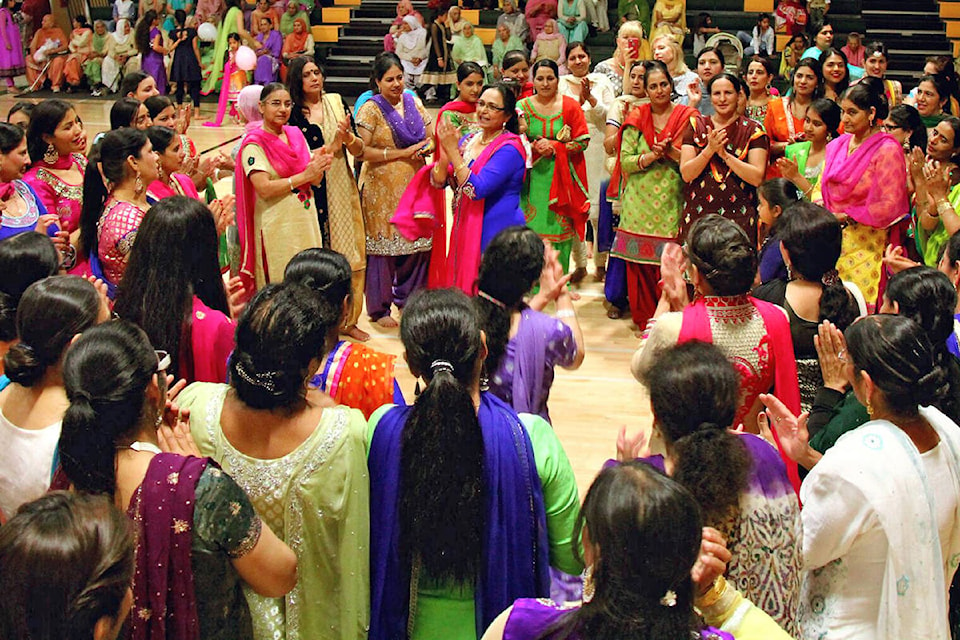UBC researchers have determined that efforts to make immigrants feel welcome in small, rural towns often miss the mark—despite the good intentions.
Associate professor Susana Caxaj, along with undergraduate student Navjot Gill, recently published research examining the well-being of rural immigrants and whether they feel connected to their adopted communities. Caxaj says a sense of belonging, or a lack of one, can impact the mental health and well-being among immigrant residents—the same residents who may not use available mental health services.
According to the last Canadian census, immigrants and refugees make up 20 per cent of Canada’s population. Caxaj, who teaches in UBC Okanagan’s School of Nursing, says while many immigrants move to urban communities, these populations in small towns are at a disadvantage when it comes to accessing mental health services.
“In rural areas, pathways for mental illness prevention, treatment, and mental health promotion are complicated by a variety of factors including limited services,” said Caxaj. “And while rural immigrant populations may be more likely to experience mental health challenges, such as anxiety and depression, it is sometimes harder for these populations to access help.”
During a 12-month study in B.C.’s Southern Interior, research assistant Gill met with immigrant residents and conducted community visits, consultations, and focus groups to discuss their sense of belonging. Most participants work in agriculture and the majority identified as having a connection with the Sikh religion or Punjabi culture, and had been in Canada from two to 30 years.
Gill notes that rural communities establish programs and specific practices for immigrants and refugees, but sometimes those initiatives simply miss the mark.
“It’s often different in urban metro areas and there is a definite benefit from the high concentration of immigrant groups and they are doing well,” she notes. “But we can’t assume what works in a large community is applicable to these same people in a small rural town.”
Gill says her findings indicate that local residents must navigate several tensions while trying to establish a place of their own in their community. Such tensions contradict the idea of ‘small town life’ where folks are connected simply by living and working together.
She does suggest these tensions can be addressed through creative service provision, collaborative decision-making, and diversity-informed program planning. For example, instead of providing access to a recreation centre, perhaps give the residents a space inside that centre that they can use and call their own for meetings and special events.
“In the current global climate we’re seeing a lot of rhetoric about racism, and as Canadians we want to believe where we live is an understanding place, but to be honest it’s not always the case,” said Caxaj. “There is a lot to be developed and we need to be asking the question, what are the ingredients needed by immigrant families and what can we give them, so these people have a sense of belonging in their own communities.”
The research, funded by Interior Health and the Rural Health Services Research Network Team Building Award, was recently published in Qualitative Health Research



